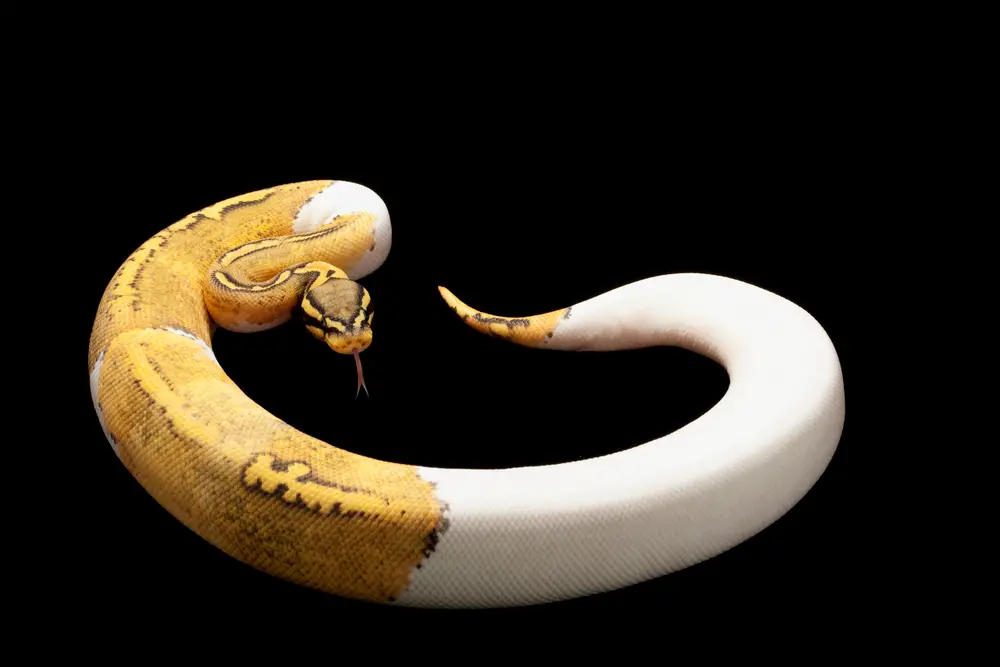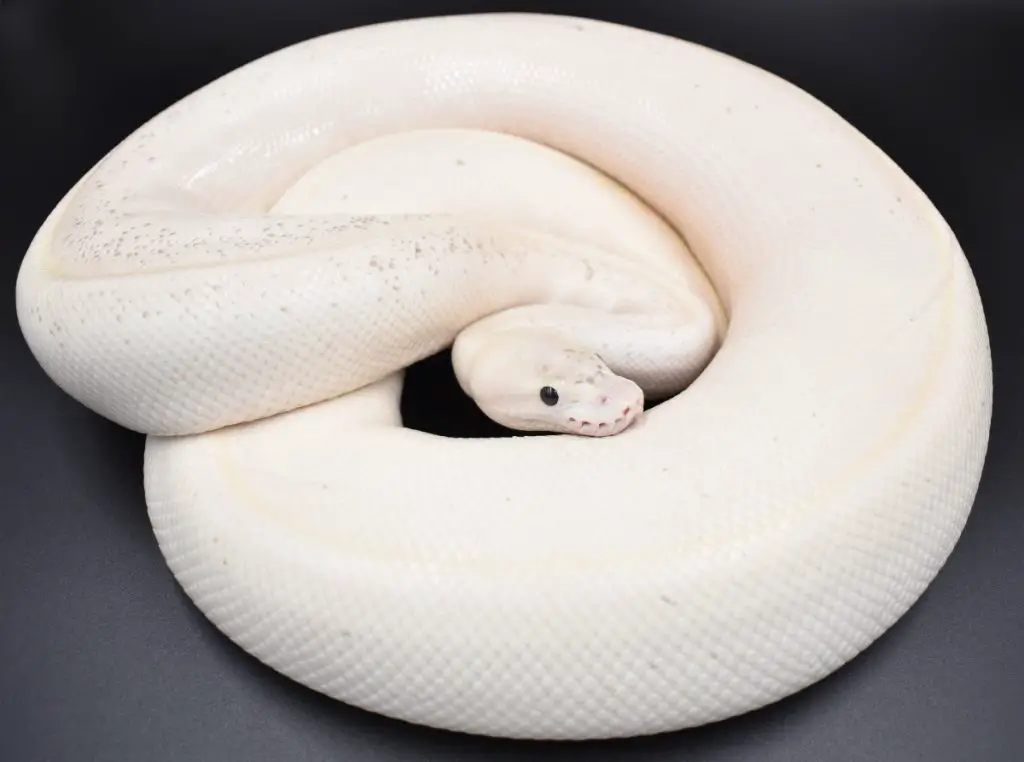Ball Python breeding is easy, but a very long process. In fact, 8 or 9 months can pass between the first time your snakes lock (copulate) and the date that the female lays eggs. As with any reptiles, you should be aware that selling the babies isn’t always easy. If things do go quite as planned, you should be prepared to care for all of them, for a long time.
In this article, we’ll go through the breeding process, before taking a look at caring for the hatchlings. After that, I’ve carefully selected some excellent related articles for you to read on the subject.
*If you’re looking for information on incubation, check out the “Eggs” topic in the care topics listed at the end.
Why breed your Ball Pythons?
Breeding reptiles is kind of natural progression for a lot of hobbyists. With reptiles, your first challenge is mastering their husbandry to the point where you can keep them healthy for years on end. After that, the next logical hurdle is seeing if you can breed them successfully.
Fortunately, with Ball Pythons this is easy. You put them together occasionally and they do the rest! More often than not, a first-time breeder can produce healthy hatchlings with just a little bit of study and preparation.
When you see the first ones hatch – you understand exactly why it’s worth it. Seeing them emerge is amazing. Moreover, with this hobby you join a community. When promoting and selling your hatchlings you’ll make new contacts and hopefully new friends.

Preparing for breeding
To prepare your Ball Pythons for breeding you need to pay attention to three things:
- their weight
- their health
- what morphs you want to produce (if you have more than two)
As far as weight goes, there is huge debate on the matter. Some people say females can be as low as 1200 grams, whereas others have an epic meltdown if you even ask about breeding them at less than 1800 grams!
So, let me just tell you the breeding weights have consistently produced large, healthy clutches from my snakes:
- Males: 800grams+
- Females: 1500grams+
Whatever you eventually decide on, just make sure the animals are feeding and have good body condition before you start pairing them. They should be plump and healthy, without their backbone sticking out.
When it comes to deciding what morphs you want to produce, I strongly advise you to talk to established breeders and see what is selling. Is Orange Dream still the in-thing? Or is everyone buying up Chocolate morphs like crazy? Get some good advice, then go for it!

The breeding process
There’s two ways to breed: with an ultrasound, and without an ultrasound. Big breeders use ultrasound devices to check the follicle sizes of their females. When the follicles reach a good 10-20mm in diameter, they start putting the males in for 3 days, or until they lock.
If your more of a small-time hobbyist like me, chances are you’ll breed without an ultrasound. In this case, you start putting your males in somewhere between September and November. Again three days in, once a month, unless they lock before.
Doing it this way is less precise, but still perfectly safe. Whereas someone using an ultrasound might only need to pair their snakes three times, you might need to pair yours as many as eight.
When they’ve finally paired enough, three things will happen in the following order:
- Your female will grow a “build”. This is a visible bulge in her midsection, due to the large follicles that have grown inside.
- Around 15-20 days later, she’ll ovulate. You’ll know this when you see it. She’ll swell like she’s swallowed something huge. Her tail will look crooked, and her ventral scales get a crease down their center.
- Around 15 days later she’ll shed. This is the pre-lay shed.
- Anywhere from 26 to 40 days after the pre-lay shed, she’ll lay her eggs.

Caring for hatchlings
You might notice I’ve skipped over the whole incubation process here. That’s because it’s a big subject, and deserves it’s own category, which you can find listed below.
As for caring for hatchlings it’s pretty similar to the adults and I have of course attached a full article on their care below. For now though, I just want to share three main points:
- They need high humidity until their first shed (usually after about a week). Aim for 70-75%.
- They need small enclosures. A 3l tub is ideal – any bigger and they might not start eating!
- Make sure you offer them large enough prey! If you offer them tiny pinkie mice, they often just ignore them. I start all my babies on hopper mice and they love them. Alternatively, rat pups can also work.
More on this subject:
- How do you tell if a Ball Python is male or female?
- When is ball python breeding season?
- Breeding Ball Pythons for profit
- Baby Ball Python Care
